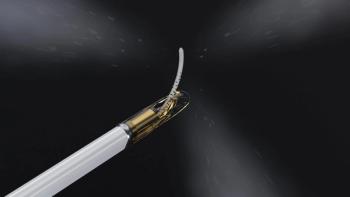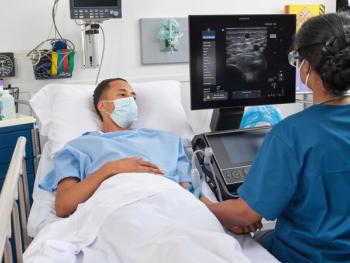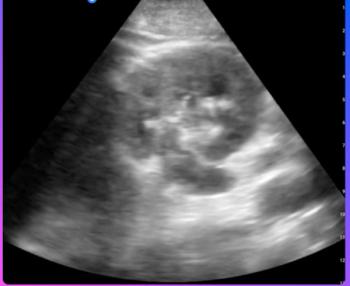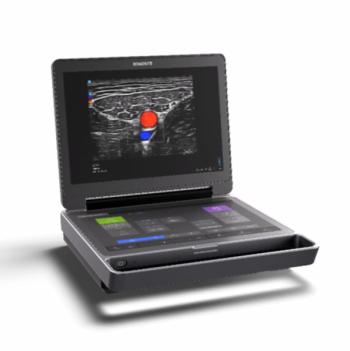Follow-up imaging occurs less often in the emergency department (ED) when a radiologist reads an ultrasound study than when one is read by a non-radiologist, according to a study presented today at the American College of Radiology annual meeting in Washington, D.C. Conducted by researchers at the Harvey L. Neiman Health Policy Institute, this work analyzed Medicare data files from 2009 to 2014. Investigators identified patients who underwent initial ultrasound examination in the ED and determined whether a radiologist interpreted the first examination. In addition, they counted all subsequent imaging completed within 7, 14, and 30 days after the initial ED ultrasound, calculating the differences in mean number of downstream imaging procedures for radiologists and non-radiologists. Overall, said Van Carroll, M.D., MPH, radiology resident at the Brookwood Baptist Health Diagnostic Radiology Residency Program, radiologists still interpret the overwhelming majority of ED ultrasounds -- 81.6 percent of the 200,357 ED ultrasounds analyzed. Among those read by non-radiologists, though, ED patients underwent 1.08 more imaging studies within 7 days, 1.22 more within 14 days, and 1.34 more within 30 days. Volume of subsequent imaging decreased over time for both radiologists and non-radiologists, but the differences in follow-up imaging between the two groups persisted. "While the causes of this difference are not clear, the previously documented higher use of limited ultrasound examinations by non-radiologists or lack of confidence in the interpretations of non-radiologists may potentially explain this increase in follow-up imaging examinations," said Bibb Allen, Jr., M.D., FACR, co-author and chair of the Neiman Institute advisory board. More research is needed to determine why these differences exist, particularly because resource use will be a critical metric in federal healthcare reform.





























